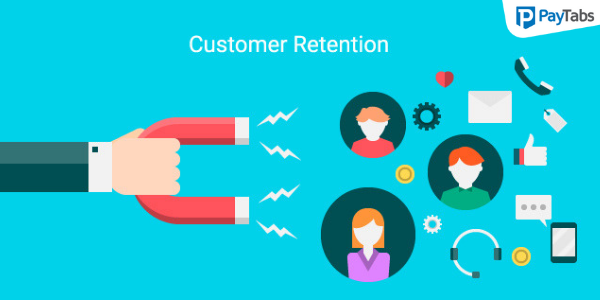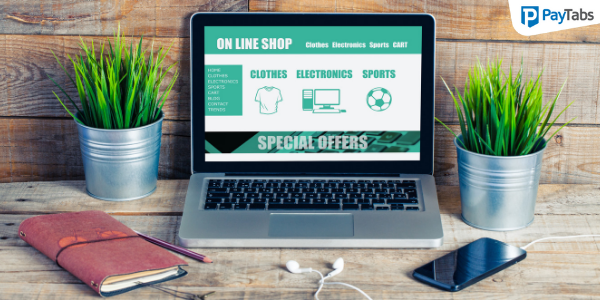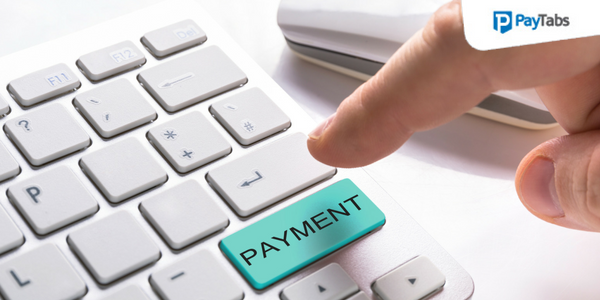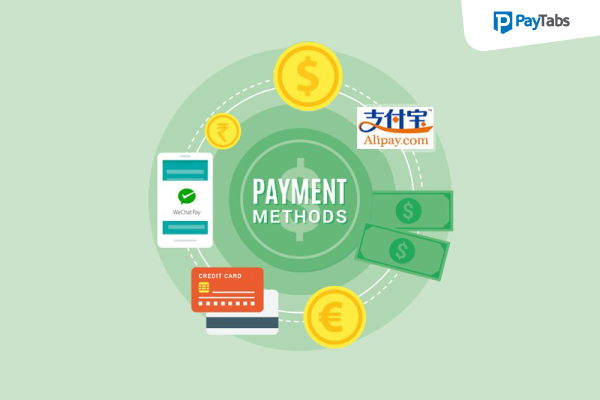6 ways your billing system can improve customer retention

As a business owner, you need to appreciate the importance of customer retention. A solid customer retention strategy helps save money on marketing, boosts repeat sales, accords your business free word of mouth advertising, reduces customer churn rate, builds a loyal customer base and helps collect invaluable feedback from your customers. A study by Reichheld of Bain & Company published on the Harvard Business Review says acquiring one customer is 5-25% more expensive than retaining an existing one. The same study shows a 5% increase in customer retention rates boosts profits by 25% to 95%. There’s no overemphasizing the importance of customer retention in today’s overly competitive business landscape.
One of the most effective strategies for online businesses to build loyalty among the existing customers is to take payments online. If you have been wondering how you can improve your online business fortunes, this article highlights the importance of a billing system in customer retention. Read on.
- Personalize the customer’s experience
One of the most conspicuous changes in business marketing is increasing focus on personalization. The modern day consumer has become accustomed to customized experiences everywhere they go to including Facebook, online shopping sites and utility service providers.
If you have a billing system, make sure you offer a tailored experience to retain your customers. Provide a single customer account interface and provide real-time processing. The customer needs to own the billing process and you must ensure this by using a payment gateway which you can customize.
- Reduce involuntary churn
The modern shopper has an infamous short attention span and they want instant gratification. While most consumers make conscious decisions to leave an online store, others walk away due to weak technology. This is involuntary churn and you must avoid it in your billing system. Make sure your billing system offers automatic retry, account updater services and multiple payment options in case the primary one fails. The rule of thumb is never to allow a problematic payment get in the way of customer relationship.
- Use a self-Service portal to provide a better user experience
The best billing system comes with a one-stop-shop portal where customers can complete all transactions. Most of your customers today have a lot of tech know-how and they want to stay in control. A self-service portal reduces waiting times and poor satisfaction levels caused by your delayed customer resolution to issues.
- Provide flexible payment options
The modern shopper wants a variety of choices in everything and when it comes to online payments, your billing system must offer convenience. It is no wonder then that a recent YouGov survey published on the Retail Technology Review says 50% of shoppers cancel a purchase if their preferred payment method is unavailable on a site. Simply put, your billing system must accommodate multiple payments to avoid customer churn.
- Improve system efficiency
In the online business ecosystem, you need systems operating like clockwork. If you accept payments online, your billing system should offer a seamless experience. The system should provide crucial information instantly to both the customer and your customer service team. This, in turn, leads to higher customer ratings and reduced customer defections.
- Leverage billing data for better service delivery
Data is one of the most crucial assets that any business can invest in today. Now that you have a self-service portal on your billing system, you can collect invaluable data which will help create memorable customer experiences. You can monitor customers’ preferences, offer custom content on email marketing, contact a specific customer to follow up on any changes in their service portal and so much more.
There are many other ways your billing system can improve customer retention levels for your business. It is a seamless platform to build an engaging relationship with your customers, improve the user experience, provide a personalized experience, and offer payment convenience. With an efficient payment system on your online store, you are already on the right path in your customer retention journey.




